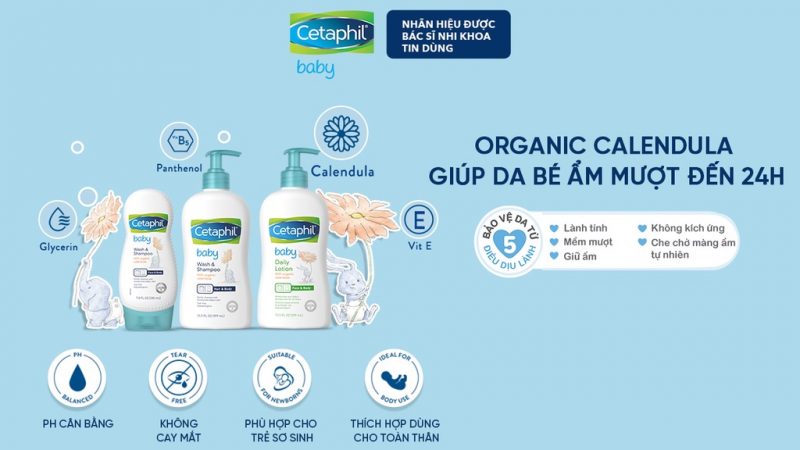Pemphigus Vulgaris

Pemphigus Vulgaris
What is pemphigus vulgaris?
Pemphigus is a rare group of autoimmune diseases. It causes blisters on the skin and mucous membranes throughout the body toàn thân. It can affect the mouth, nose, throat, eyes, and genitals. Pemphigus vulgaris is the most common type of pemphigus .
What causes pemphigus vulgaris?
Pemphigus vulgaris is not fully understood. Experts believe that it’s triggered when a person who has a genetic tendency to get this condition comes into contact with an environmental trigger, such as a chemical or a drug. In some cases, pemphigus vulgaris will go away once the trigger is removed .The condition causes the immune system to fight against the body’s own cells in the same way that it fights off invading germs .With pemphigus vulgaris, the immune system looks for proteins that bind the cells of the skin. This causes a buildup of fluid between the skin cells, resulting in blisters. Experts believe that the condition fights healthy proteins .
What are the symptoms of pemphigus vulgaris?
Pemphigus vulgaris often starts in the mouth. Symptoms include :
- Blisters on otherwise healthy skin
- Blisters that are easy to burst
- Affected skin that peels easily when rubbed
- Pain at blister
Who is at risk for pemphigus vulgaris?
Certain ethnic groups are more prone to this condition. This includes people of eastern European Jewish and Mediterranean descent .
How is pemphigus vulgaris diagnosed?
You may need to see a dermatologist to diagnose and treat this condition. Your healthcare provider visit may include :
- Taking your medical history
- Physical exam
- Review of your symptoms
- Blood tests
- Biopsy, which involves taking a tissue sample for testing
How is pemphigus vulgaris treated?
These are common treatments for pemphigus vulgaris:
- Better oral health care. Blistering may affect the health of your mouth. So, working with your dentist to be sure that you’re taking the best care of your teeth and gums is important.
- Prednisone and steroid creams may be prescribed to treat the inflammation.
- Immune suppressants. As an alternative to steroids, immune-suppressing medicines may be helpful.
- Plasmapheresis or intravenous immunoglobulin. People whose pemphigus vulgaris does not respond to other forms of treatment may need more intensive treatments. This may include the replacement of blood plasma and infusions with healthy immunoglobulin.
Follow up. This condition may return, even after successful treatment. Go to all follow-up appointments.
It can take 2 to 5 years or even longer to treat this condition. Also, treatments may have serious side effects. Talk with your healthcare provider about possible side effects and how to manage them .
What are the complications of pemphigus vulgaris?
Blisters may be painful. They may heal and leave dark patches on the skin for months. Most people with pemphigus vulgaris feel better with treatment. Without treatment, the condition can lead to severe pain and infection .
When should I call my healthcare provider?
Call your healthcare provider if you notice painful, soft blistering on your skin or mucous membranes. Treatment will prevent the blisters from spreading and getting worse .
Living with pemphigus vulgaris
Some people find that stress and certain foods, such as garlic, make living with pemphigus vulgaris more difficult. This may be true even during treatment. Pay attention to what helps you feel better and what seems to make symptoms worse .
Key points
Pemphigus is a rare group of autoimmune diseases that causes blisters on the skin and mucous membranes throughout the body toàn thân. It can affect the mouth, nose, throat, eyes, and genitals .
- Pemphigus vulgaris is not fully understood, but experts believe that it’s triggered when a person who already has a genetic tendency to get this condition comes into contact with an environmental trigger.
- Pemphigus causes the immune system to fight against the body’s own cells in the same way that it fights off invading germs.
- Pemphigus vulgaris usually starts in the mouth.
- You may need to see a dermatologist to diagnose and treat this condition.
- Common treatments for pemphigus vulgaris include:
- Better oral health care
- Steroids
- Immune suppressants
- Plasmapheresis and/or intravenous immunoglobulin
- Lifestyle management
- It can take 2 to 5 years or longer to treat this condition.
- Most people with pemphigus vulgaris feel better with treatment.
- Call your health care provider if you notice painful, soft blistering on your skin or mucous membranes.
Next steps
Tips to help you get the most from a visit to your healthcare provider :
- Know the reason for your visit and what you want to happen.
- Before your visit, write down questions you want answered.
- Bring someone with you to help you ask questions and remember what your provider tells you.
- At the visit, write down the name of a new diagnosis, and any new medicines, treatments, or tests. Also write down any new instructions your provider gives you.
- Know why a new medicine or treatment is prescribed, and how it will help you. Also know what the side effects are.
- Ask if your condition can be treated in other ways.
- Know why a test or procedure is recommended and what the results could mean.
- Know what to expect if you do not take the medicine or have the test or procedure.
- If you have a follow-up appointment, write down the date, time, and purpose for that visit.
- Know how you can contact your provider if you have questions.
Specializing In :
Find Additional Treatment Centers at :
Related
What Are Common Symptoms of Autoimmune Disease?
Autoimmune Disease: Why Is My Immune System Attacking Itself?
Primary Progressive Multiple Sclerosis
Granulomatosis with Polyangiitis
Source: https://trangdahieuqua.com
Category: Làm trắng da




